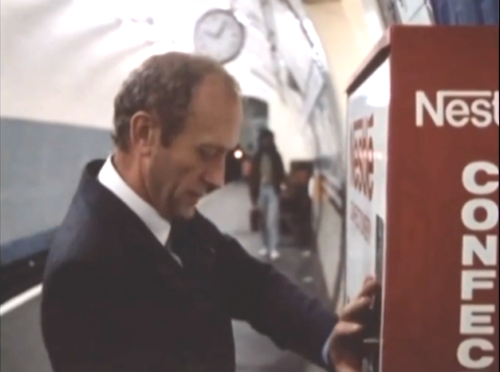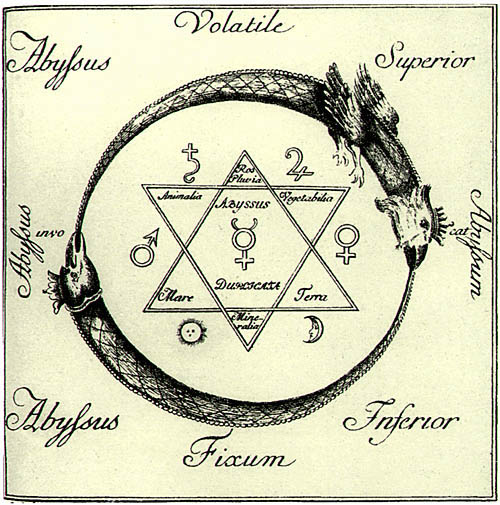
Ray Davies’s “Waterloo Sunset” is one of the loveliest songs in rock. A light-handed paean to the pleasures of solitude, distance, and that spiritual equanimity the Greeks called apatheia, it turns a public form—the evergreen pop superhit—into a private, almost diaristic occasion that makes listening feel like a transgressive listening-in.
Ray Davies’s “Return to Waterloo,” his 1984 film, is a mess. It’s an awkwardly self-conscious public statement about England in the ‘80s and the banality of the suburban everyday. Where the song has the simplicity and mystery of a parable, the film spins out a tedious “day in the life” story about a middle-aged middle manager, who may or may not be a serial rapist, coming home on a train from his deadening job to his troubled family life. The misty interiority of “Waterloo Sunset” gives way to a more socially responsible portrait of Thatcherite England, with its snotty punk rockers and snooty CEOs. You get the sense Davies is a little desperate to be “with it,” eager to issue important pronouncements as if to make up for his earlier, solipsistic Waterloo.
Why did Ray Davies return to Waterloo? Why couldn’t he leave well enough alone? Maybe he wanted to mature, and came to see the first pass as too jejune. Or he hoped to cross over to a more “serious” genre, 3-minute pop song to 1-hour film. Or is it that he felt the need to give “Waterloo Sunset” an ending, imagining its characters (or people like them) further down the life cycle, facing the crises and disappointments the song keeps just at arm’s length? (“But chilly, chilly is the evening time/Waterloo sunset’s fine.”).
Endings are a problem in any art: song, story, poem, or film. An ending is the most artificial part of any work, the place where the seams come closest to the surface. A good ending lends a sense of inevitability to what’s come before; bad ones either ignore the preceding material, like a runner who cuts into the marathon near the finish, or call attention to their own artifice in the rush to tie things up. At its worst, an ending can try to bully the reader into feelings of completion, pattern, and symmetry where there really isn’t any. (This sometimes registers at poetry readings as that shivery exhalation of breath at the poet’s last line.)
One approach to endings I’ve been thinking about lately is the one Mary Douglas considers in her Thinking in Circles: An Essay on Ring Composition. (The book, like so many of my favorites, was a gift from David Brazil, a famously prodigious gifter.) Douglas argues that modern critics, trained to look for a beginning, middle and end, miss the structure most fundamental to oral and premodern stories: the chiasmus, “pediment,” or ring.

Pindar, Zoroaster, medieval Chinese novelists, the priestly compilers of the Hebrew Book of Numbers—all made sense in their own time, as far as we know. But industrial-age readers came to question the structural logic of these and other early verbal artworks, to the point of doubting they had any structure at all. What the ancients (and many oral storytalkers today) experienced as orderly and intricately crafted, later eyes read as meandering and episodic, repetitive messes stitched together by clumsy editorial hands.
Douglas finds method in the madness by pointing out several features of poems and tales that signal deliberate symmetries: parallelism in phrases or narrative incidents, so that one “side” of the story matches up with the other; a regular alternation of themes; meaning weighted in the middle, at the poem’s “turn,” instead of trailing like a caboose at the end. But the most basic criterion in ring composition is “for the ending to join up with the beginning,” creating an “envelope that contains everything between the opening phrases and the conclusion.”
This kind of structure carries a fairly obvious proposition about the nature of time, one at odds with modern notions of progress and evolution or their mirror image, entropy and end times. “The ring structure itself,” she says, “may suggest a cosmology of eternal return, or it could suggest ending and renewal.” Dark or hopeful, samsara or wyrd, “the ring is a literary form that is good for reflecting on, and for establishing a long view.”
We don’t much live for the long view, I think; too afraid of what we’ll see. Ecological destruction, a public sphere increasingly narrowed to first world problems, information overload, more capitalist bloat. Maybe that’s why delay seems more in vogue right now than closure. Recent experiments in procedural poetry stand out, at least to me, for their implicit endlessness, finishing without exactly closing, signaling that the project could have gone on ad infinitum. Like ring structure models cyclical time, the contemporary “endless ending” mimics the faux infinity of the Internet, whose governing geometry is the data tree and flowchart—mandalas of proliferation and excess—not the thrifty, self-recycling ouroboros.

Douglas is finally agnostic about whether ring composition is anything more than formal, a technical solution to the writerly problem of how to stop. But if it’s only formal, the ring’s a piece of hucksterism, inducing feelings of “repleteness” and “homing” like a rap on the knee induces a reflex kick. Any parallelism, in carpets just as well as in couplets, does that.
Yet if there’s more to the ring than technique, then it contradicts what Douglas calls “the present fashion against closure in our own culture,” where open forms, or a superfluity of personal ones, are thought to reflect the uncertainty and “radical indeterminacy” of our present moment.
What’s tricky about endings is that whether they’re philosophical or fashionable, allegories of time’s workings or merely a formal requisite, they imply by their nature an attitude toward futurity, even if only to suggest we might not have one. But endings also invite a reaching back to the start, putting time into relationship with a beginning. Which is also a part of the work that poets, so often faulted for making nothing happen, are given to do.
Pointed backward or facing forward, endings are problems. They sharpen all of writing’s headaches into a single concentrated point. Who could blame anyone for wanting to sidestep them altogether and just keep writing on, like a blog that never ends, or an infinite scrolling website? “Rules for endings and beginnings,” Douglas concludes, “are only symptoms.” Bob Pollard’s published over 1,700 songs. Goethe’s “strong, fresh, and healthy” juiced up for the age of Big Data? Or symptom of a culture that’s not sure how to stop?
Koeneke was born in Omaha, Nebraska, and grew up in Tucson, Arizona, and Los Angeles. He is the author...
Read Full Biography

